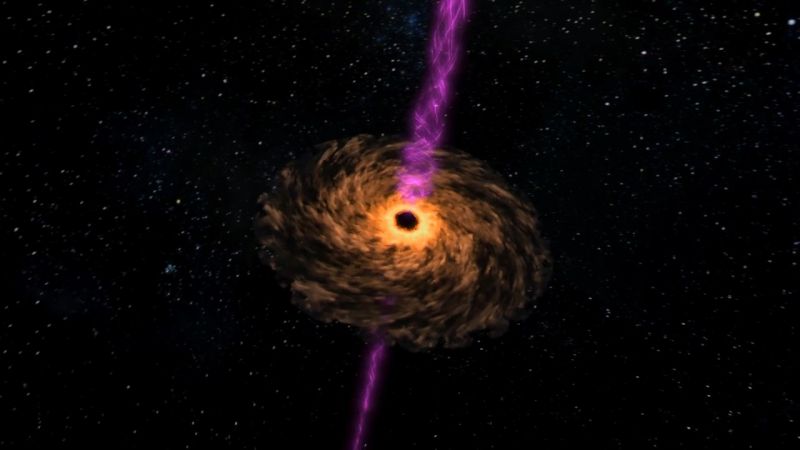Hunt for the Missing Black Holes: New discoveries might finally reveal how supermassive black holes are made, and using the latest technology, experts are on the verge of understanding how these monsters grow and how they affect life on our planet.
Hunt for the Missing Black Holes
A supermassive black hole is the largest type of black hole, containing a mass of the order of hundreds of thousands to billions of times the mass of the Sun. Black holes are a class of astronomical object that have undergone gravitational collapse, leaving behind spheroidal regions of space from which nothing can escape, not even light. Observational evidence indicates that nearly all large galaxies contain a supermassive black hole, located at the galaxy’s center.
Supermassive black holes have properties that distinguish them from lower-mass classifications. First, the average density of a SMBH (defined as the mass of the black hole divided by the volume within its Schwarzschild radius) can be less than the density of water in the case of some SMBHs. This is because the Schwarzschild radius is directly proportional to its mass. Since the volume of a spherical object (such as the event horizon of a non-rotating black hole) is directly proportional to the cube of the radius, the density of a black hole is inversely proportional to the square of the mass, and thus higher mass black holes have lower average density.
In addition, the tidal forces in the vicinity of the event horizon are significantly weaker for supermassive black holes. The tidal force on a body at the event horizon is likewise inversely proportional to the square of the mass: a person on the surface of the Earth and one at the event horizon of a 10 million M☉ black hole experience about the same tidal force between their head and feet.




